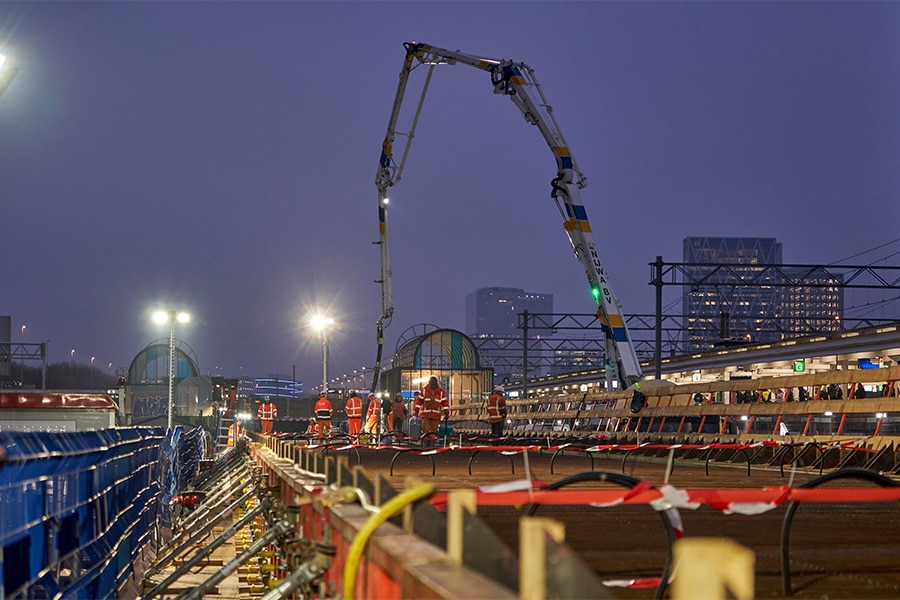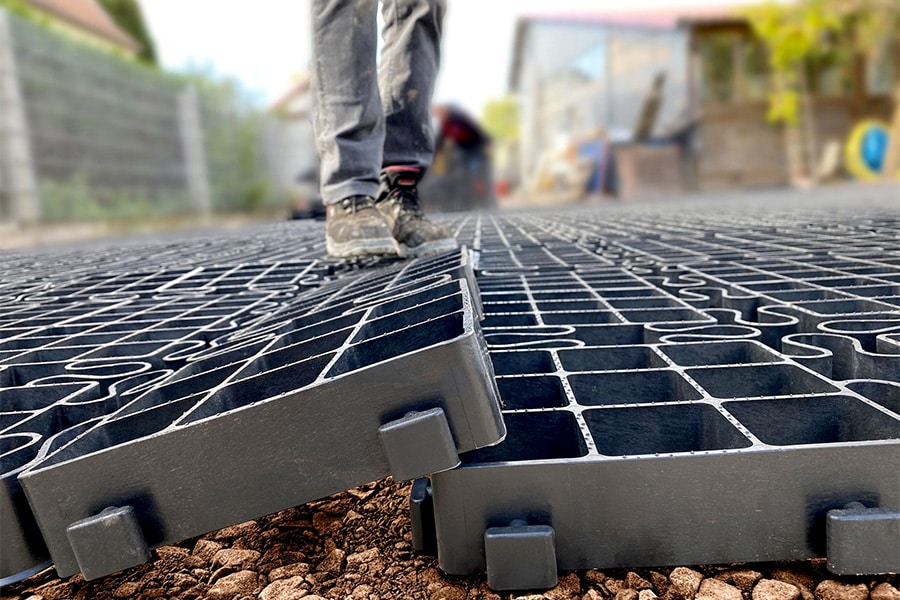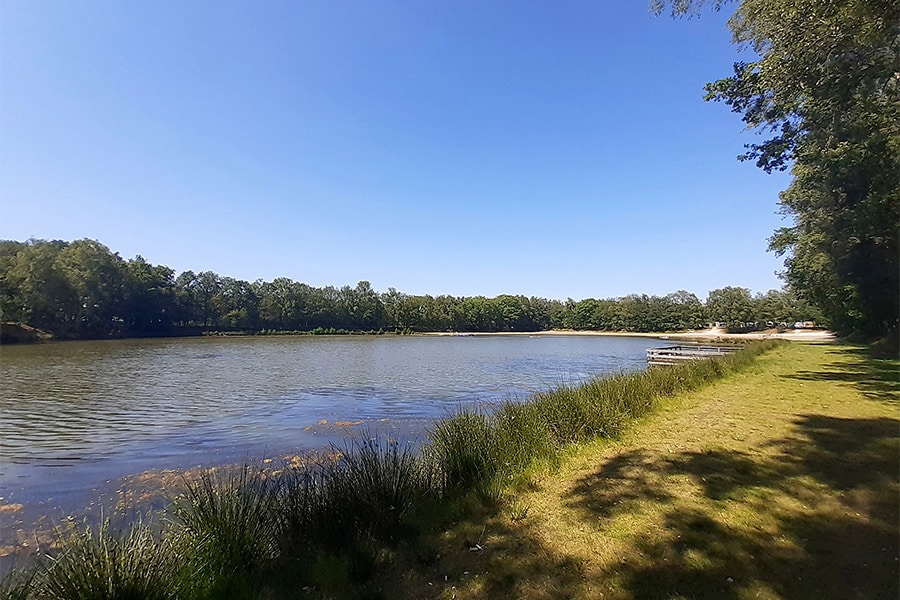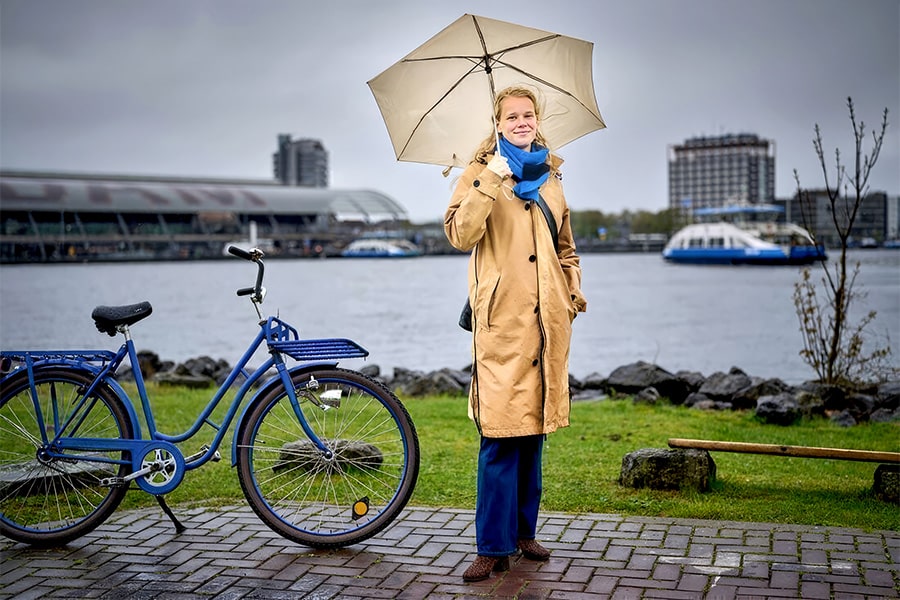
Finding balance between minimum disruption, maximum safety and optimal planning
Zuidasdok: high-impact infrastructure project
Anyone who regularly passes Amsterdam's Zuidas by car or train knows: work is hard at work here. And that will continue in the coming years until at least 2036. The large-scale Zuidasdok is not for nothing one of the largest infrastructure projects in the Netherlands. It is also complex given the busy urban area, the limited workspace and the fact that daily living and working life continue as normal. Jelger Vos, Zuidasdok project manager, and Erik van Weesep, Bouwcombinatie Nieuw-Zuid project director, explain how they have to strike a balance time and again between minimum disruption, maximum safety and optimal planning.
To better understand the complexity of Zuidasdok, first a brief explanation of the what, why and who. Zuidasdok is one of the largest infrastructure projects in the Netherlands. This program will improve the accessibility of Amsterdam and the northern part of the Randstad, both by road and public transport. Zuidasdok essentially consists of three major projects: renovation of Amsterdam Zuid station, widening and partly undergrounding the A10 Zuid highway and redesigning the De Nieuwe Meer and Amstel interchanges. The why will be obvious to many: the region is growing thanks to good accessibility. You have Amsterdam Zuid station, several subway stations, the A10 Zuid highway and the proximity of Schiphol Airport. In the coming years, thousands more homes will be added as well as many offices. That demands a lot from the infrastructure. Zuidasdok has been developed to monitor both accessibility and liveability in the coming decades. Within Zuidasdok, Rijkswaterstaat, ProRail and the City of Amsterdam are working together. The work on the station will be carried out by Bouwcombinatie Nieuw-Zuid, consisting of Boskalis, Mobilis and Van Gelder.

Renewal of Amsterdam South Station
Work is currently underway to renew Amsterdam Zuid station. This is the fastest growing station in the Netherlands. To give an idea: Amsterdam Zuid station was built in the 1990s as a temporary station with 9,000 travelers per day at the time. It is expected to grow to become the third largest station in the Netherlands with 200,000 travelers per day by 2035. To accommodate current and growing passenger numbers, the station is being expanded. This is easier said than done, as the station is sandwiched between the lanes of the A10 Zuid motorway. The current station entrance, the Minerva passage, will be widened and raised, and a second entrance will be added, the Britten passage. The new station environment will also include stores and all kinds of amenities. Having the highway go underground will create space in the future to expand the platforms so that international train traffic can also depart from this station. A common work activity is the installation of sheet piling. Last August and September, more than 200 steel sheet pile walls were installed at the station alone. Erik: "From our point of view as Bouwcombinatie Nieuw-Zuid, this is certainly a technical puzzle.
Under the train tracks we have installed a combination of both steel planks and tubular piles, along which we will soon excavate the new passage. The working space is only 3 meters high. A nice challenge with planks of 6 meters and tubes of 23 meters in length. In addition, we have to take into account possible noise pollution. To avoid this as much as possible, we use two techniques in Zuidas to insert sheet piling: pushing or vibrating."

Phasing essential
The fact that the work is taking place in the middle of a busy urban area is another major challenge. Jelger: "Compare it very simply to a house that you completely rebuild, at the same time you demolish the old one while also just living in it. If this is already a challenge on a small scale, it is completely so on a scale of Zuidas." This makes it one big complex puzzle, according to Jelger. "The crux is to make it manageable. Previously, as Zuidasdok, we were one project with one contractor, but there were too many cross-links and too many dependencies in that. So we broke the whole thing up into different projects and phases. The advantage of this is that it becomes more robust and predictable. Everyone can do their work while getting in each other's way as little as possible. We also cut the time. It doesn't make it cheaper or faster, but we do make it more feasible. The moment we start building, we have a well thought-out plan. After all, building an sich is complex enough in this environment." As an example of phasing, Jelger gives the construction of the tunnel on the south side of the station. "We would initially build this at the same time as the Britten Passage. Because the faster you build, the less it costs. Until we realized that this was no longer manageable with all the risks that entails. Meanwhile, we all remain ambitious enough to realize the whole project within the planning period. From the side of Zuidasdok as client, the trick is to find the balance between working separately as much as possible but meanwhile also combining different projects wherever possible."
Safety spearhead
Besides finding the balance in the work, safety is another important issue. Safety for travelers, road users, the people who work in Zuidas, passers-by and the safety of the structures so that they can last more than a hundred years. Erik: "We are working right next to public space and between two highways. You can't just shut something down or close it. We want as little disruption as possible to traffic and the people who live and work there. That means we work mostly at night, on weekends and during vacations. Before we can start work anywhere, entire implementation plans are drawn up with attention to environmental safety, accessibility and livability. During the work there is strict supervision to ensure that everyone observes safety."

Special cooperation
Zuidasdok involves a special collaboration. On August 26, 2021, Bouwcombinatie Nieuw-Zuid signed for the first phase of the contract, namely the construction of the second station passage, the Brittenpassage. Construction of the next phase of the station renovation will start in 2026. The official "go" is important so that design and preparation can begin now. This phase of the station renovation will also have a major impact on train, metro and road traffic and requires timely coordination with all carriers and managers involved. Jelger: "As ProRail, we have gained a lot of experience with passenger flows during station renovations. Think of the refurbishment of Utrecht Centraal, Arnhem and Rotterdam." In the collaboration with Zuidasdok, the building consortium is looking primarily at the technical challenge. Who has what expertise and how do we use that to best effect for our work? "For each project, we always seek cooperation to achieve good conditions. Here we look at 'how are you going to build it, and what risks and costs are involved?'"
First milestone
Asked what makes both men proud, they both have their own focal point. Erik: "I am proud of the cooperation between all parties, and certainly also of the team doing the work outside. The journey has become more the destination where we manage to put a piece of the jigsaw puzzle every time." Jelger is particularly proud of the fact that the whole thing is on schedule. "In terms of time, we are halfway through and we are still on schedule. Yes, we have to make regular adjustments, but the schedule still stands. We can do that because we are doing it together. It is very easy to blame someone else, but together we make a plan and together we make adjustments where necessary. If we continue this way, we will get there. I myself am looking forward to the opening of the Brittenpassage. As far as I am concerned, that is the first milestone. At the moment people are mainly inconvenienced by the project without any visible result: temporary platforms, detour, construction fences and sometimes closures. But once the Brittenpassage is finished, we will have something beautiful and people will see the first results of the years of hard work."



